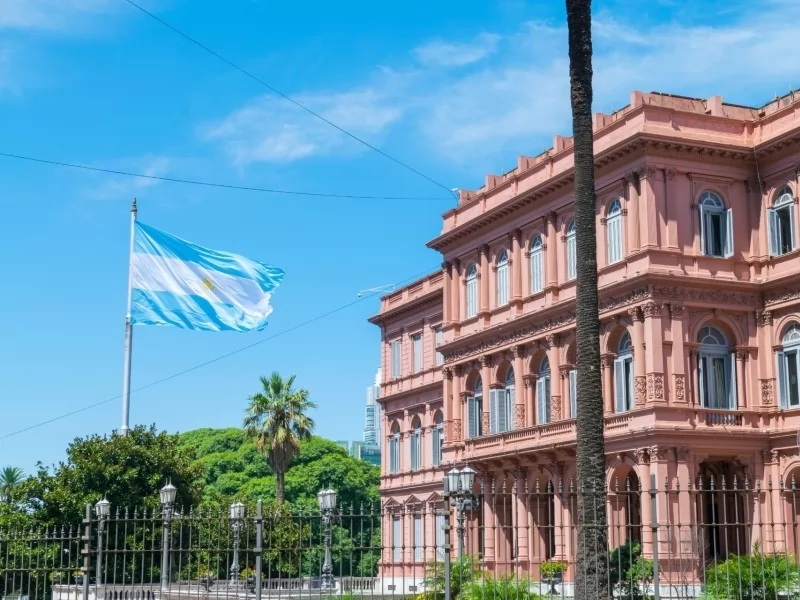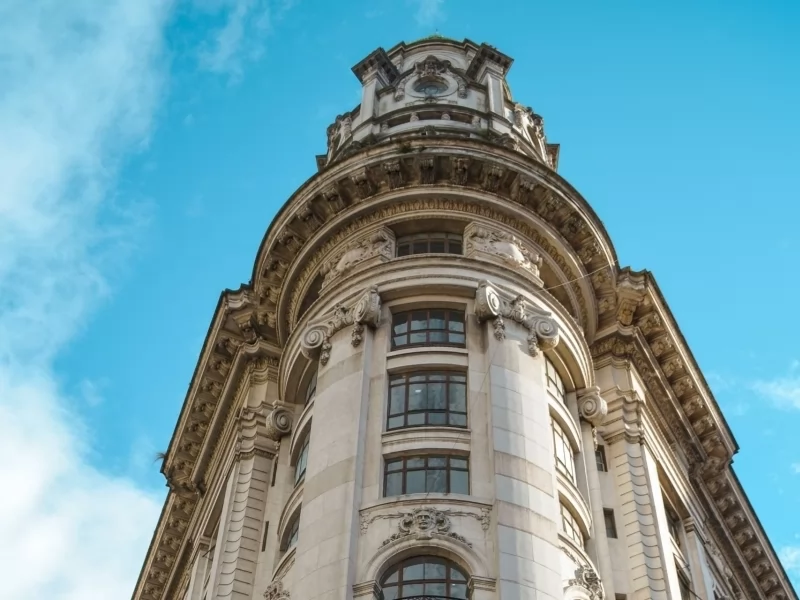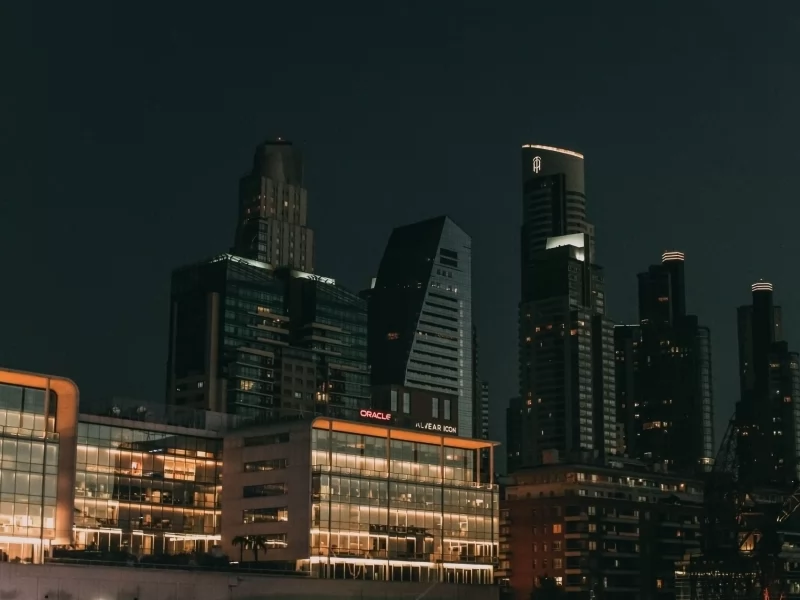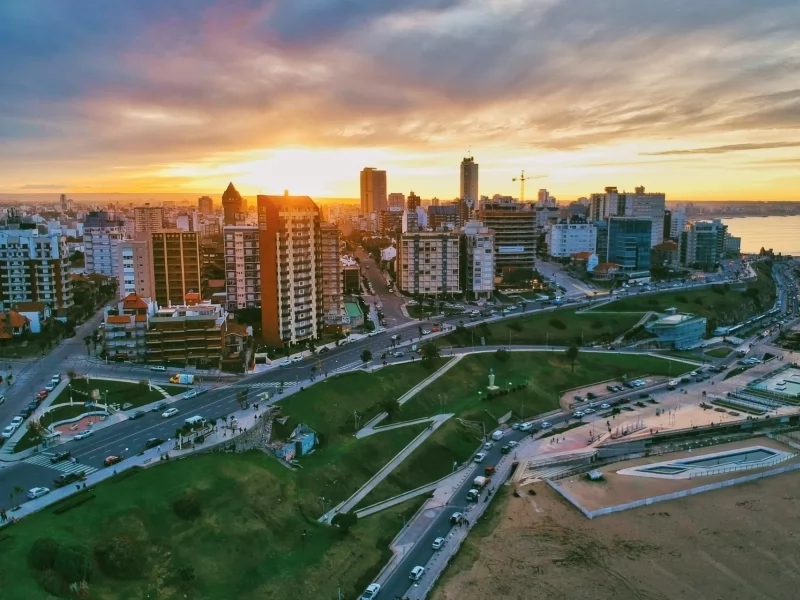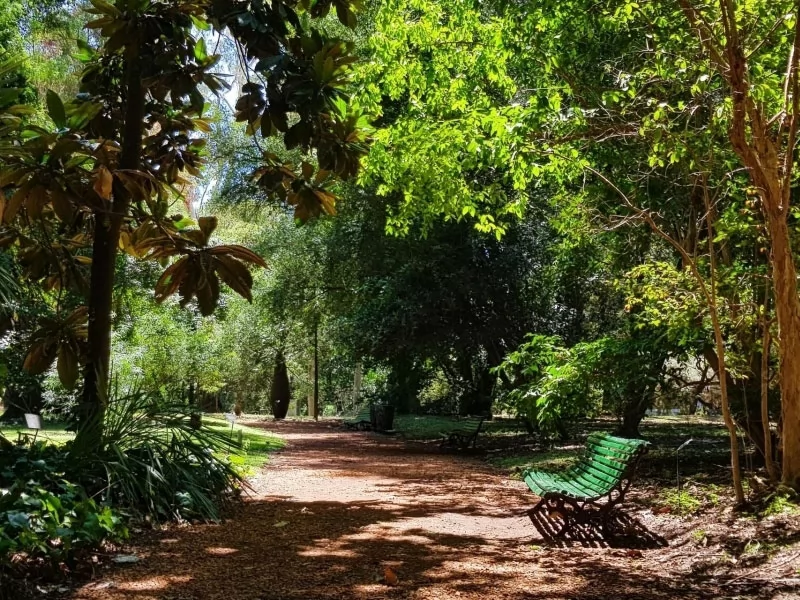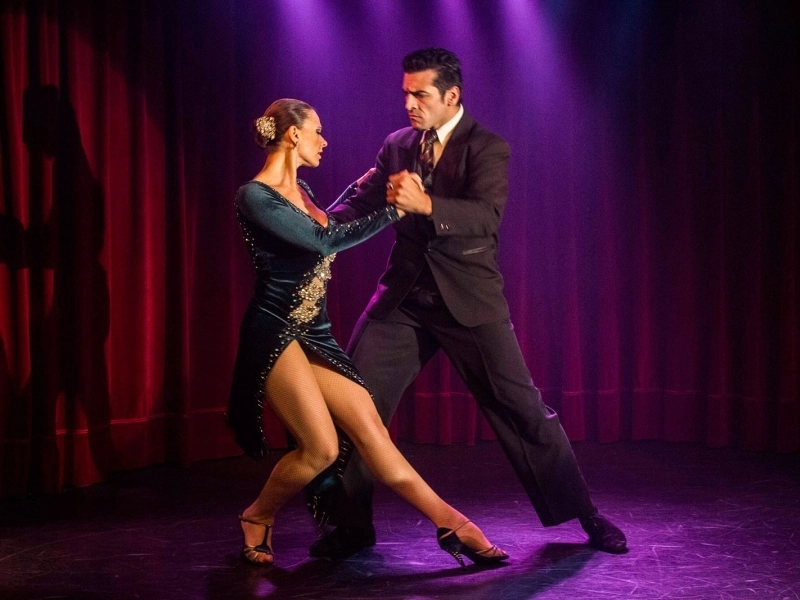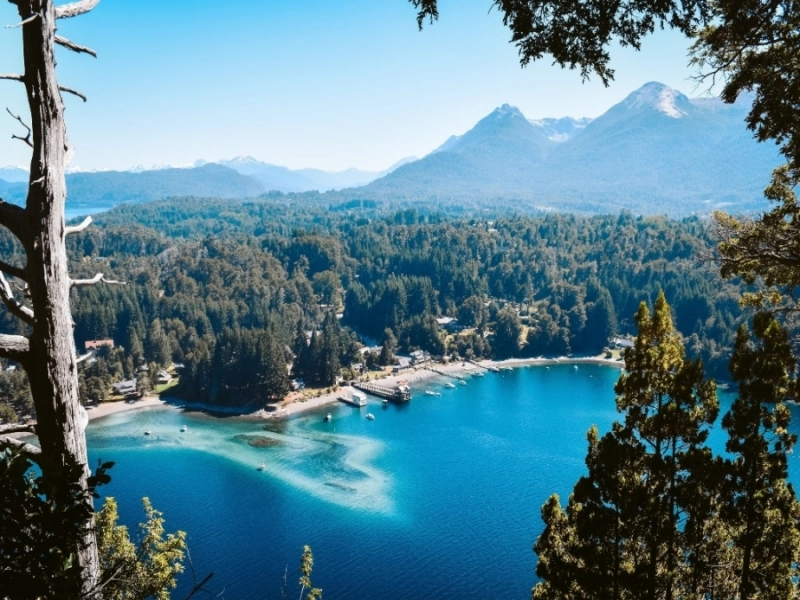News and Testimonials

48 hours in Buenos Aires
An insider guide to the tango capital of the world
Enduring romance, eternal renaissance
Queen of the Plate, Paris of the South, Tangopolis: the nicknames reveal why Buenos Aires doesn't disappoint. A beguiling conflation of European historic outpost and contemporary Latin American sprawl, BA – as expats call it – was once the capital of one of the world's wealthiest nations. Its French and Italianate buildings, graceful plazas and cultural life are the envy of most Old World cities. Thirteen million people live in Greater BA, its suburbs fanning out into the surrounding pampas.
But sights, nightlife, gastronomy and the arts are concentrated in a few central neighbourhoods. Palermo has jacaranda-perfumed parks, trendy bars and independent boutiques. Recoleta houses old money, grand hotels and a grandiose necropolis. Puerto Madero is slickly urban, but has a nature reserve. San Telmo is old Buenos Aires, ideal for a steak dinner and a tango show. Artsy Avenida Corrientes 'never sleeps'. But, actually, all of Buenos Aires is insomniacal – it's so busy reimagining itself, as are its residents, the porteños. For romance, reinvention and raw hedonism, few places come close.
See
From the Fifties, Argentine art began to move away from from the influence of Europe – especially Paris. From November 10 2019 till March 1 2020, under the title “Una llamarada pertinaz” (“A radical rallying cry”), the city’s most important modern art space, the Museo de Arte Moderno or Mamba (Av San Juan 350; 00 54 11 4361 6919), is presenting more than 300 works by 100 major Argentina artists to the story of the evolution of local art scenes as well as the tumultuous wider social and political context since the museum’s opening in 1956.
Do
Spring and summer see BA burst into bloom, from the jacarandas of Recoleta to Palermo’s tipas. It’s also when migratory birds settled down in the Reserva Ecologica Costanera Sur (entrances at calles Brasil and Viamonte off the main coastal promenade), the city’s extraordinary 865-acre nature reserve. More than 200 birds can be spotted by the patient and eagle-eyed, including American woodstorks wading in the lagoons, white-rumped swallows flitting above them and vermilion flycatchers flashing their impossibly red breasts. Browse the reserve's comprehensive list.

